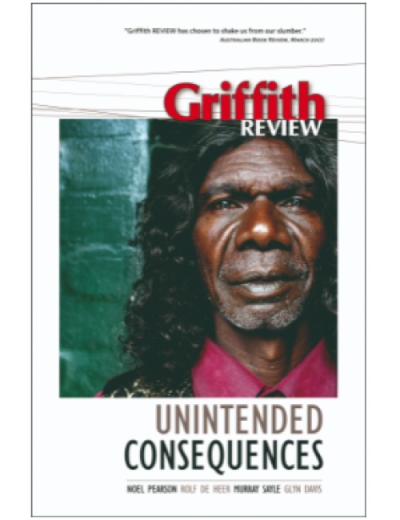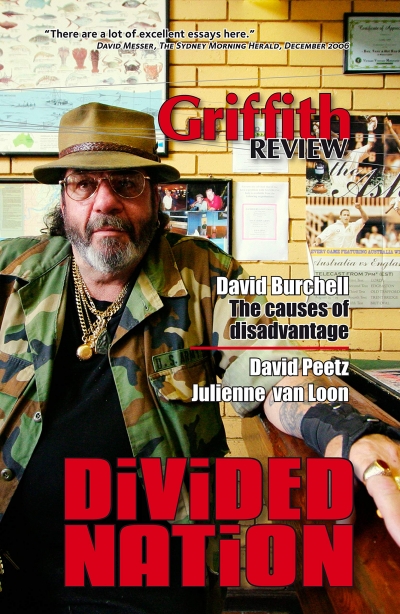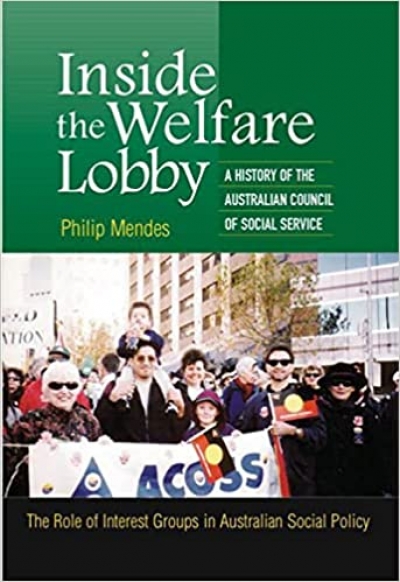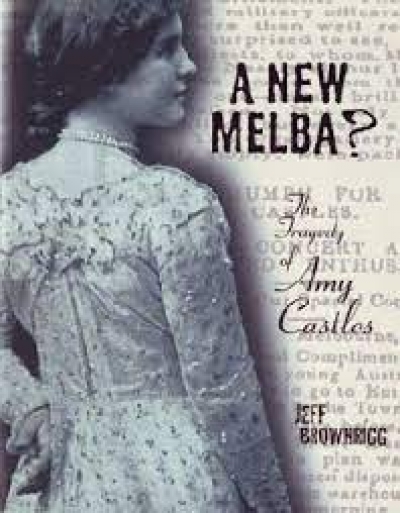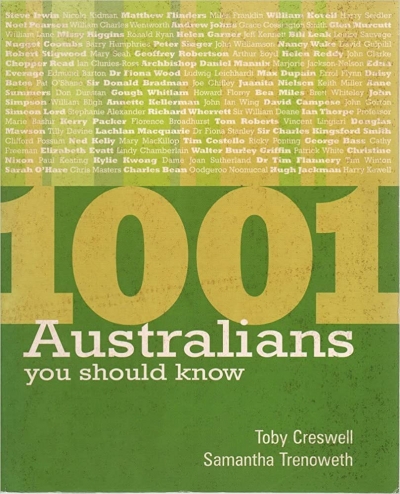Archive
Griffith Review 16 edited by Julianne Schultz & HEAT 13 edited by Ivor Indyk
Griffith Review 15: Divided Nation edited by Julianne Schultz
Inside the Welfare Lobby: A history of the Australian Council of Social Service by Philip Mendes
Last year, the Tamworth Regional Council voted not to accept five Sudanese refugee families into their township. The decision was reversed in January 2007, albeit with qualifications and overtly racist reactions from some locals. In our post-Tampa society, such seemingly xenophobic reactions have become frighteningly normal, especially at the government level. We will ultimately be a much poorer country if such attitudes become entrenched. Luckily, a number of Australian children’s authors and illustrators have been doing their best to ensure that this does not happen, and some of them are examined here. Author–illustrator Bob Graham prefaces his picture book Jethro Byrde Fairy Child (2002) with an apt quote from The Bible: ‘Let Brotherly Love Continue. Be not forgetful to entertain strangers: For thereby some have entertained angels unawares’ (Hebrew 13: 1, 2). Jethro Byrde is a beguiling tale in which a small child treats strangers with kindness, and thus brings wonder into her own life.
... (read more)
